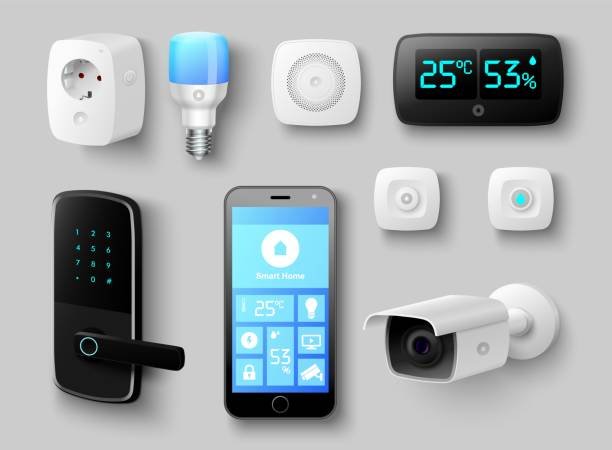Bathroom Revival: Unlock the 6 Secrets to a Luxurious and Functional Space
RH Business Marketing Solutions
If your bathroom is in need of a revival, both in terms of aesthetics and functionality, you've come to the right place. In this blog post, we'll unlock the six secrets to transforming your bathroom into a luxurious and functional space. From selecting the right materials to optimizing storage and incorporating stylish design elements, these secrets will help you create a bathroom that exudes comfort, elegance, and practicality.
1. Choose High-Quality Fixtures and Materials
To achieve a luxurious bathroom, start by investing in high-quality fixtures and materials. Opt for durable and visually appealing items such as solid brass faucets, porcelain or stone tiles, and quartz or marble countertops. These premium materials not only enhance the overall aesthetic but also ensure long-lasting functionality.
2. Fix Everything That Needs Fixing
One of the key steps in reviving your bathroom into a luxurious and functional space is to address and fix any existing issues. Various aspects of a bathroom, such as plumbing issues, faulty fixtures, damaged tiles, inadequate lighting, poor ventilation, and outdated design elements, can be fixed to improve functionality and create a more luxurious space. If you live in Australia, or anywhere else, look into what it takes to Fix Broken Tiles and revamp your bathroom. By taking the time to identify and repair problem areas, you can create a solid foundation for the transformation.
3. Focus on Lighting
Proper lighting can transform the atmosphere of your bathroom. Aim for a combination of task lighting around the vanity area, ambient lighting for an overall inviting ambiance, and accent lighting to highlight architectural features or artwork. Incorporating dimmers allows you to create a relaxing spa-like environment or energizing brightness as per your preference.
4. Upgrade to Luxurious Bathroom Fixtures
Small details can make a significant impact on the overall luxurious feel of your bathroom. Upgrade fixtures such as towel bars, showerheads, and drawer handles to high-quality options with a stylish design. Consider indulgent additions like heated towel racks, rainfall showerheads, or a freestanding bathtub for an extra touch of opulence.
5. Embrace Timeless Design
When planning your bathroom revival, opt for a timeless design that transcends trends. Classic elements such as subway tiles, neutral color palettes, and clean lines never go out of style. You can always introduce pops of color or trendy accessories that can be easily changed as your taste evolves.
6. Pay Attention to Comfort
Luxury isn't just about visual appeal—it's also about comfort. Enhance your bathroom experience by incorporating elements like heated flooring, spa-like shower systems, or a cozy seating area. Treat yourself to plush bath linens, soft rugs, and aromatic candles to create a tranquil and indulgent atmosphere.
Unlocking the secrets to a luxurious and functional bathroom will completely transform your space into a haven of relaxation and sophistication. By choosing high-quality materials, fixing what needs to be fixed, focusing on lighting, upgrading fixtures, embracing timeless design, and prioritizing comfort, you can create a bathroom that exceeds your expectations. Remember to personalize the space with your own style and preferences, making it a reflection of your unique taste. With these secrets in hand, your bathroom revival is sure to result in an oasis where you can unwind, recharge, and indulge in the everyday luxury you deserve.












